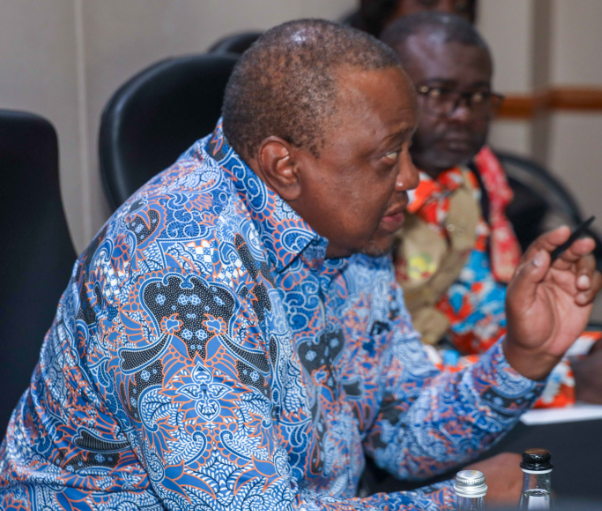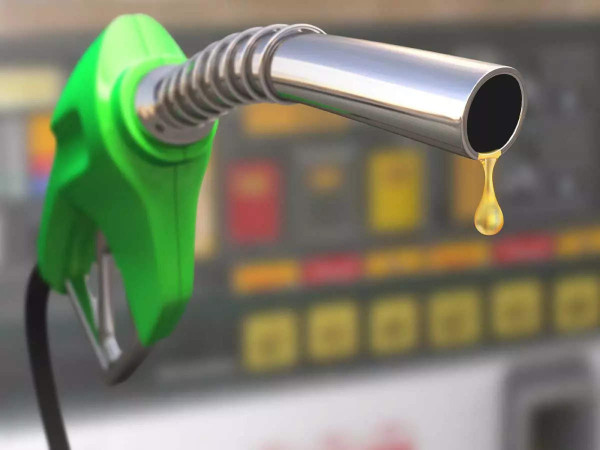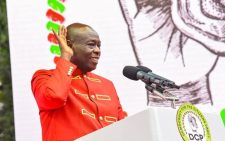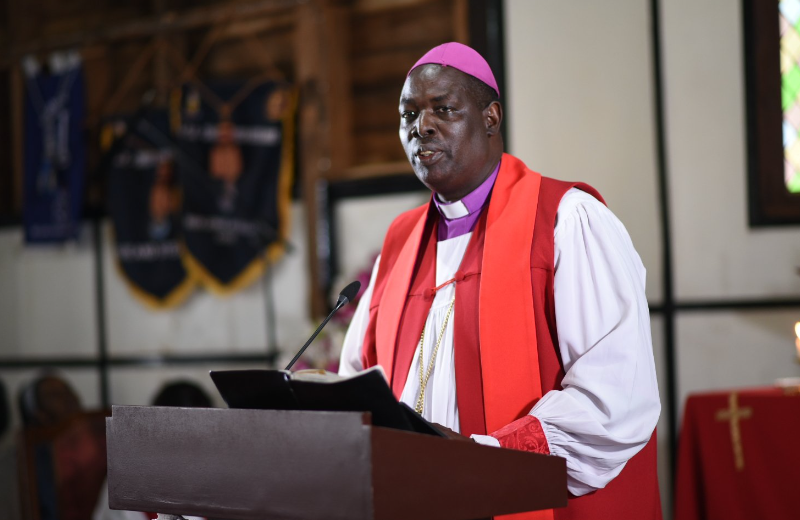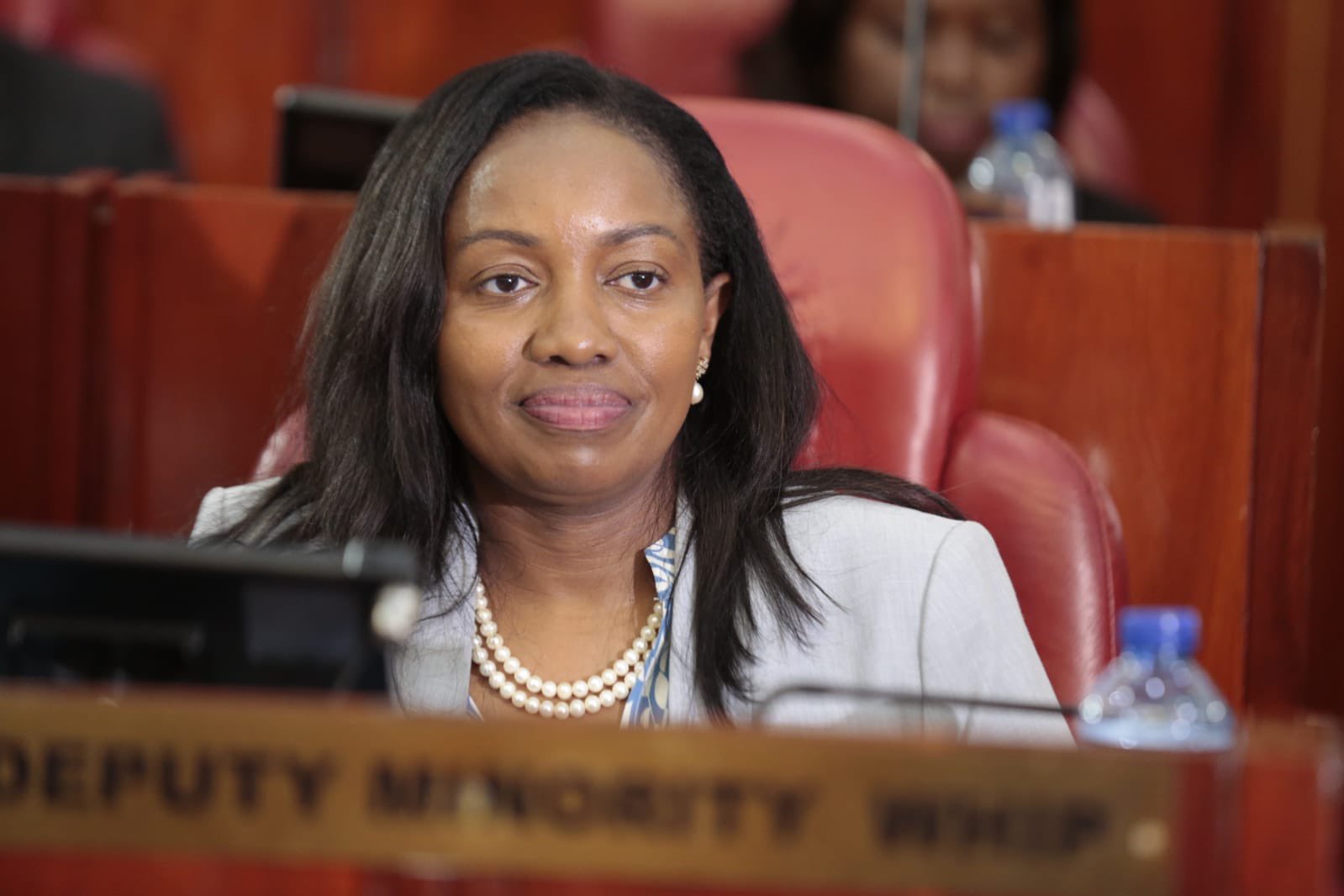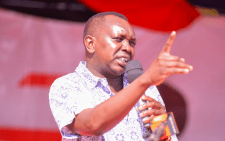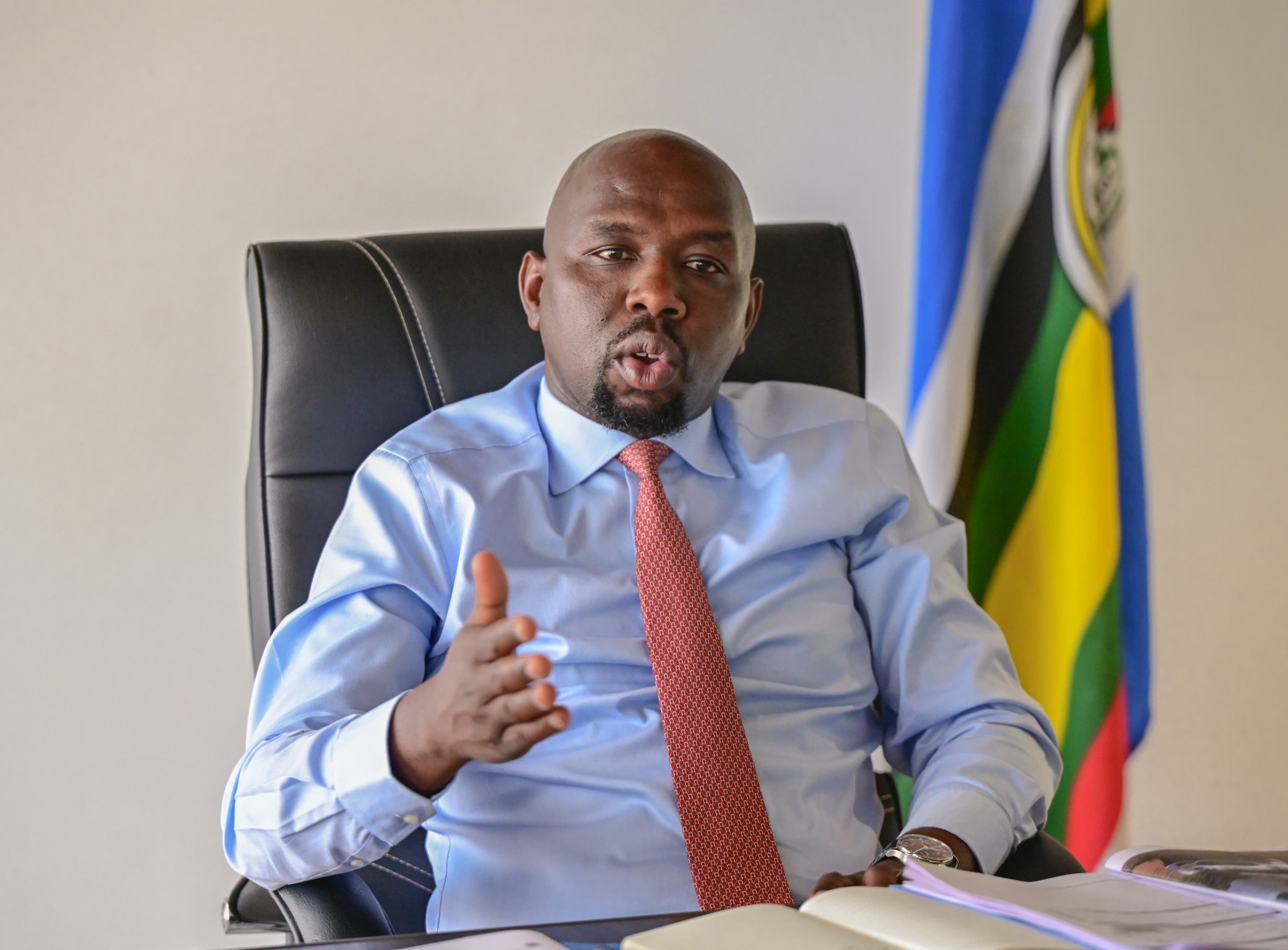Why Uhuru’s Big Four agenda must be part of the Budget
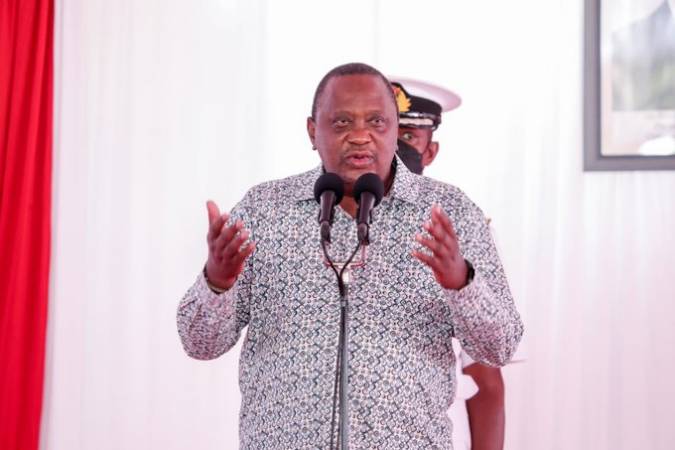
Kenya’s ambitious projects under the Big Four Agenda will be part of the 2021/22 Budget since they will be incomplete after President Uhuru Kenyatta’s term ends.
State House spokesperson Kanze Dena says the projects will be part of the broad Vision 2030.
Countries come up with strategic plans to inform their investment and growth agenda. In 2008, Kenya published Vision 2030 to guide its agenda on economic, social, and political pillars. The vision was to be implemented systematically through five-year medium-term plans. In 2017, the President announced a plan dubbed the “Big Four” Agenda — Affordable Housing, Universal Health Coverage, Manufacturing, and Food Security.
Affordable Housing
This was triggered by scarcity of decent and affordable houses for medium and low-income earners. The government came up with an ambitious plan to construct more than 5,000 units of low-cost houses across the country. But the project was dealt a blow by nullification of mandatory contributions to the National Housing Development Fund.
The government, in collaboration with Nairobi Metropolitan Services, is constructing over 3,000 units in Pangani and Jeevangee estates, near Ngara. Additionally, the Kenya Mortgage Refinancing Company, in collaboration with financial institutions and Saccos, has rolled out an affordable product ranging from 10 years and above, with an average interest rate of 9 percent.
Food Security
The country’s economy depends on agriculture — flowers, fruits, tea and coffee exports. But agriculture is largely rain-dependent, with severe and frequent droughts attributed to climate change. To address this, the government has invested in dams.
Even so, policies should be developed to lower the cost of farm inputs like fertiliser and machinery for greater efficiency and cost reduction. County governments should also invest in extension services. Further, the government should implement stringent measures to control subdivision of arable land.
Manufacturing
Huge investments have been made in infrastructure development, easing access to raw materials and markets. The country has also made tremendous progress in Lapsset, leading to expansion and modernisation of Lamu and Mombasa ports.
There has also been heavy investment in power production and diversification from hydro-electric power to wind, solar and geothermal sources.
Already, Kenya is the largest geothermal producer in Africa and ninth globally, with an estimated capacity of 7,000 to 10,000MW.
Nonetheless, the country needs to invest heavily in its foreign policy to increase trade partners through economic co-operation and tax treaties. Value addition will boost exports and ultimately lift the balance of trade.
Universal Health Coverage
It refers to access to quality healthcare at affordable prices. A healthy citizenry has peace of mind and is highly productive. The government ran a pilot programme in Kisumu, Nyeri, Isiolo, and Machakos counties. Currently, the programme is being expanded across the country. There are also plans to make NHIF contributions compulsory to cover all households. And through the Finance Act 2021, NHIF contributions qualify for 15 percent relief.
Much still needs to be done to increase UHC and enhance access to qualified healthcare providers, medicine, and specialised treatment like dialysis and cancer therapy in public facilities. The government has done a lot but much more is needed.
— The writer is a Senior Tax Consultant at EY. The views expressed here are not necessarily those of EY

